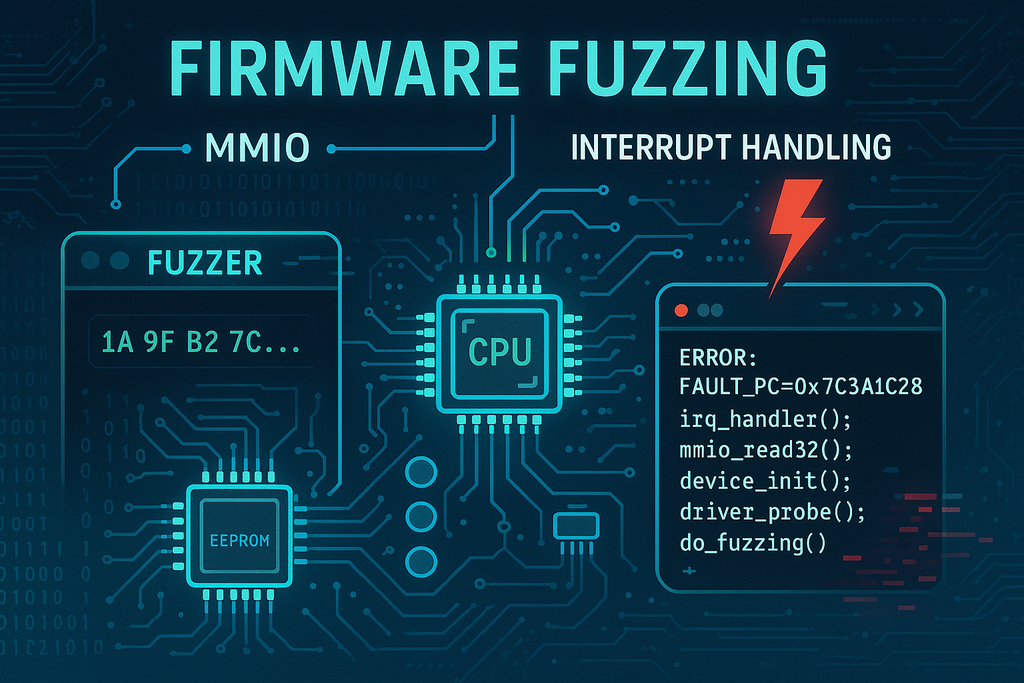
Rise in attacks
In today’s cyber landscape, firmware is emerging as one of the most critical—and frequently overlooked—attack vectors. Recent industry data paints a concerning picture: over 82% of enterprises have suffered at least one firmware attack in the past two years, while documented incidents have surged by more than 500% over the last four years. Such trends underscore that the threat isn’t just theoretical; it’s happening in real time.
Costly impact
Adding to the urgency, the financial impact of these breaches is staggering. IBM reports that the average cost of a data breach in 2023 reached $4.45 million, marking a 15% year-over-year increase. In industries where devices play a critical role, a single breach can cost over $1 million per device. These figures highlight that a vulnerability in firmware isn’t merely a technical oversight—it’s a business risk with potentially devastating fiscal consequences.
Overlooked layer
Traditional cybersecurity measures often fall short when it comes to protecting firmware. The complexity arises from several factors: a vast array of hardware platforms, limited observability, constrained device resources, and the absence of specialized tools and expertise. These challenges are compounded when dealing with closed-source or third-party software, leaving a critical layer of your technology stack largely unprotected.
The past few decades have already witnessed high-profile attacks—think Stuxnet, Mirai, and Salt Typhoon—that exploited firmware weaknesses to cause widespread disruption. And with new regulations on the horizon, such as Executive Order 14028 in the U.S. and the EU Cyber Resilience Act (CRA), organizations are now mandated to adopt stringent security measures for firmware. Compliance isn’t optional, and the pressure is mounting to secure every component of your systems.
What the experts say
“There are two types of companies – those who have experienced a firmware attack, and those who have experienced a firmware attack but don’t know it.”
Azim Shafqat
Partner @ ISG
Managing VP @ Gartner
“Firmware runs the hardware, but there isn’t a way to inspect to say you are 100% safe with firmware. Firmware attacks are less common (than software), but a successful attack will be largely disruptive.”
Senior Instructor
SANS Cybersecurity Institute
“Securing the firmware layer is often overlooked, but it is a single point of failure in devices and is one of the stealthiest methods in which an attacker can compromise devices at scale.”
US Dept of Homeland Security
2022 ICT Supply Chain Report
Metalware
Metalware is the only automated, end-to-end firmware fuzzing solution that proactively uncovers hidden vulnerabilities in your embedded devices—before attackers can exploit them. While many organizations deploy code scanners and network analyzers, the firmware powering your devices remains a critical yet frequently neglected risk. Metalware bridges that gap, transforming your development lifecycle into a proactive, risk-reducing process that fortifies your defenses where they matter most.




